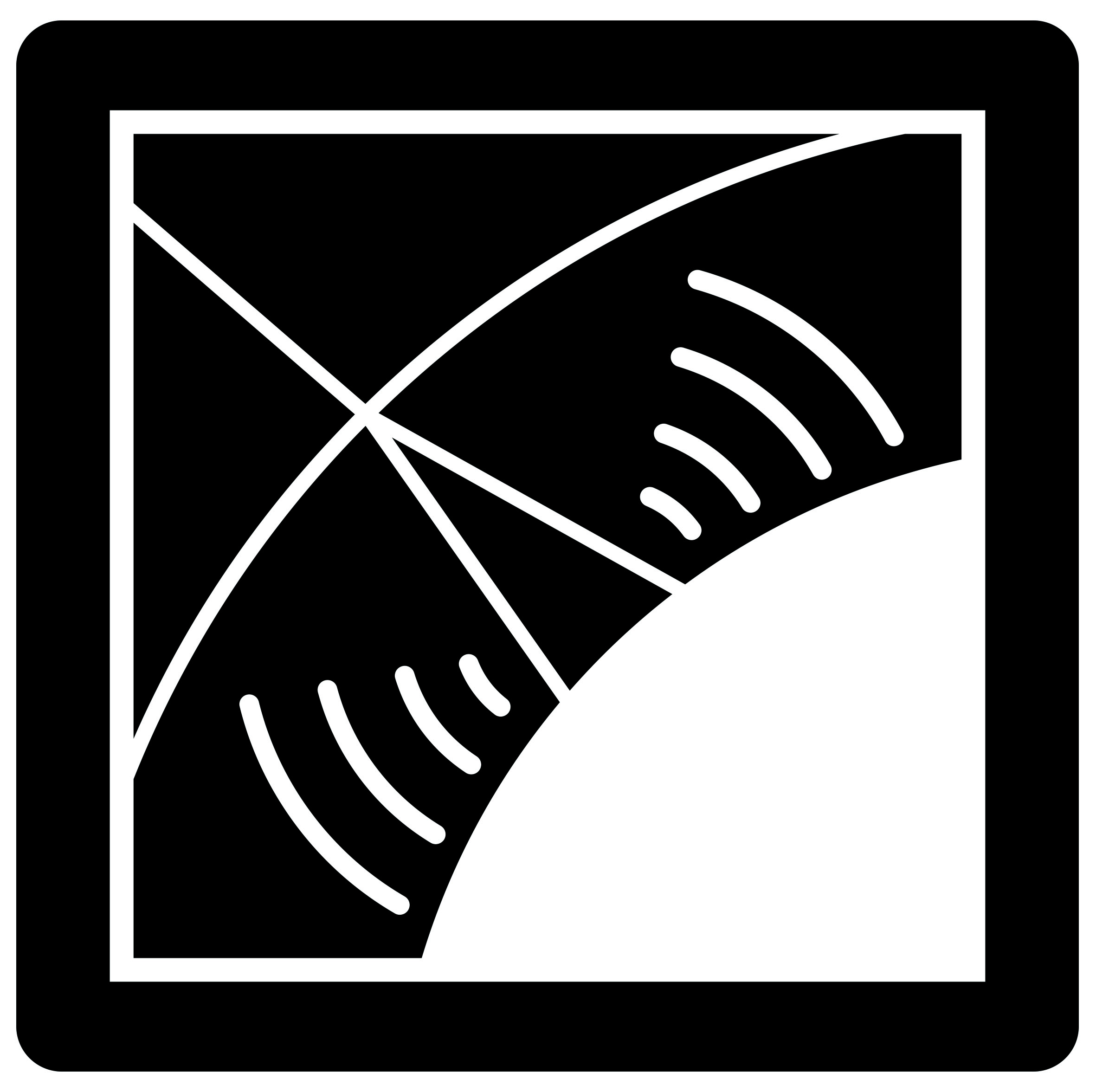Antony Escudie defended his thesis on the 27th of September 2019 on the following subject : From the observation of UHECR radio signal in [1-200] MHz to the composition with the CODALEMA and EXTASIS experiments. Antony was the principal investigator of the EXTASIS project and his work covers both the instrumental and scientific developments. A large fraction of his thesis was dedicated to the analysis of the CODALEMA data. The summary of his document is the following :
Florian Gaté defended his thesis on 2016, October, 10th on the Estimation of the composition of cosmic rays using the radio signal. His thesis is mostly dedicated to the analysis of the AERA data but the analysis he developed has been done within the CODALEMA research group and has been successfully adapted and used on CODALEMA data. The summary of his document is the following :
More than a century after their discovery, cosmic-rays are still puzzling physicists.
On the 13th of October 2014, Jennifer Maller defended his thesis on the following subject: Characterization of radio transient signals at the Pierre Auger Observatory. Jennifer analyzed the first data from the AERA antenna array. The summary of his document is the following :
After more than a century of studies, one of the challenging questions related to ultra-high energy cosmic rays concerns their nature, which remains unclear. Improving the knowledge about the composition of cosmic rays will permit to constrain the models concerning their origins and the production mechanisms in the astrophysical sources.

Diego Torres Machado defended his thesis on the 31th of October 2013 on the Radio detection of ultra high energy cosmic rays : commissioning and data analysis of an array of autonomous stations. He has been one of the major contributor of the first phase of deployment of the CODALEMA self-triggering autonomous stations in 2011. His thesis is mostly dedicated to the analysis of the data obtained with this large set of antennas.
On the 28th of June 2013, Ahmed Rebai defended is thesis on the following subject: Study of the energy and the radio emission point of cosmic rays. His work was based on data collected by the Coda2 and the Coda3 configuration of the instruments. The summary of his document is the following :
The purpose of the CODALEMA experiment, installed at the Nançay Radio Observatory (France), is to study the radio-detection of ultra-high-energy cosmic rays.
Vincent Marin defended his thesis on the 20th of December 2011 on this subject: Radio-detection of ultra-high energy cosmic rays. Analysis, simulation and interpretation. His work has been mainly dedicated to the development of the SELFAS simulation code. The summary of his document is the following :
Despite the use of giant detectors suitable for low flux beyond 1018 eV, the origin of ultra energy cosmic rays, remains unclear. In the 60’, the radio-detection of air shower is proposed as a complementary technique to the ground particle detection and to the fluorescence method.
On the 16th of December 2010, Thibault Garçon defended his thesis on the following subject: Towards autonomous radio detection of ultra high energy cosmic rays. His work was based on Coda2, and prepared the upcoming autonomous stations of Coda3. The summary of his document is the following :
The radio-detection of extensive air showers, investigated for the first time in the 1960’s, obtained promising results but plagued by the technical limitations.
Colas Rivière defended his thesis on the 17th of December 2009 entitled From radio signals to cosmic rays. Colas work was one of the strongest contribution to the analysis of the radio and particle signals recorded when the instruments were in the Codalema 2 configuration. The summary of his document is the following :
Radio detection of high energy cosmic rays is currently being reinvested, both on the experimental and theoretical sides.
On the 28th of November 2008, Thomas Saugrin defended his thesis on the following subject: Detection and characterization of the radio emission from atmospheric showers induced by cosmic rays with energy above 10^16 eV by the CODALEMA experiment. Jennifer analyzed the data from the Coda2 antenna array. The summary of his document is the following :
Ultra high energy cosmic rays, extraterrestrial particles which nature and origin remain today uncertain, are ordinarily studied by using two major techniques of EAS (Extensive Air Shower) detection: ground particles detectors or fluorescence light telescopes.
On the 30th of September 2008, Sandra Valcarès defended his thesis on the following subject: Cosmic ray properties from the electric fields measured by the CODALEMA experiment. Sandra work was in particular focusing on the development of a linear predicting method to enhance the cosmic ray radio signal identification. The summary of his document is the following :
This thesis is dedicated to the study of high energy cosmic rays that penetrating the atmosphere and dissipating their energy by producing a very large amount of secondary particles called an air shower.
Arnaud Belletoile defended his thesis on the 25th of November 2007 on this subject: Development and data analysis of a radio-detection of ultra high energy cosmic rays experiment. His work has covered the early developments in Coda1, the large amount of data of Coda2 and the first autonomous station developed for AUGER. The summary of his document is the following :
Radio-detection of cosmic rays was first attempt in the early 60’s.
